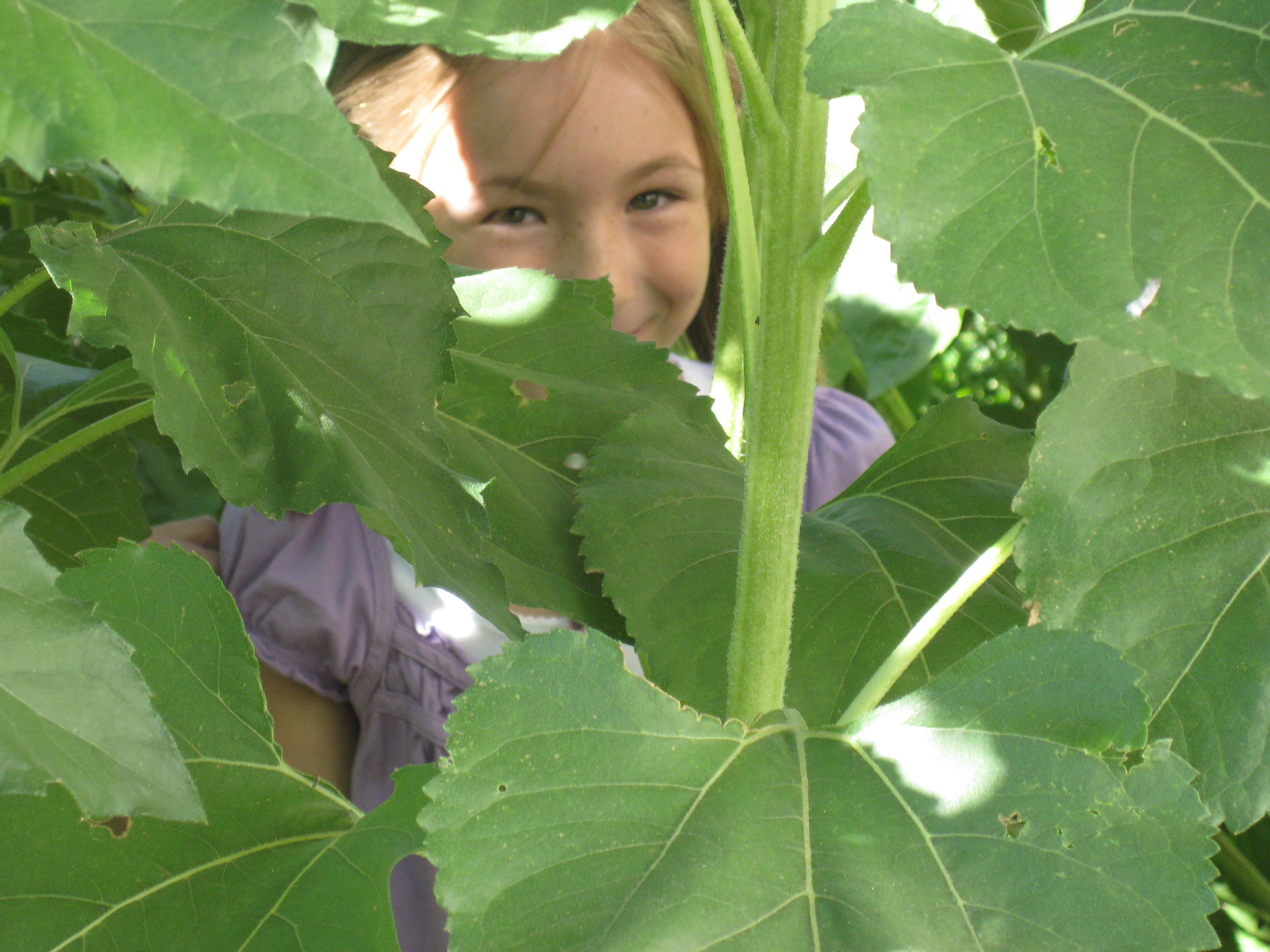Clear, Connected, Cosmic, and Calm

Close your eyes.
Imagine yourself floating to the top of the nearest hill or mountaintop.
Scan the horizon and gaze across the landscape before you.
Note the boundaries or lack of them.
Now float up into the sky…so far that you see the hilltop or mountain peak as a tiny dot in the distance.
Your vision, broadly expanded now, takes in valleys, rivers, perhaps a coastline or mountain range.
Again, note the boundaries or lack of them.
Now, allow yourself to float further out so you gaze upon the Earth like the orb that it is.
Covered with swirling clouds, seas of blue and landforms of brown.
Yet the Earth is separate from the surrounding cosmos…floating in the sea of darkness.
The boundaries, delineated by color, reflect the nature of their substance: water, earth, air and the Universe.
As you sit, imagining the whole in all its simplicity and clarity, consider your task of sharing it with children.

When Maria Montessori envisioned our connected Universe, there had yet to be photos of the Earth from space. Somehow, in her brilliance, she knew that children would be deeply touched and inspired by connection with the grandness of it all. She knew that their imaginations were ready to take it all in; to wonder and touch and connect to it, each in their own way. She knew that their passions would drive them to know, and that out of their desire to understand would come the drive for mastery of concepts and skills that would later be put to use in ever unfolding wisdom.
Montessori recognized the spirit of the child and knew that their souls would be touched when the stories ignited their imaginations. In more than one instance, she compelled us to teach the mystery of the Cosmos, keeping our focus on the child who would lead the way.
Return to your closed eyes, your floating in space and feel the calm that envelops you. Imagine sharing this reverie with the children before you tell the story of the Universe or as a moment of reflection before you share the vast timeline of life. Spark their imaginations by leading them into the peace of the whole.
Now, to finding YOUR calm within the chaos and overwhelm of teaching. Yes, there is preparation. Yes, there are pre-requisites to learning about the whole of the universe. Yes, it takes time and focus. Let me give you a glimpse into the roadmap.
Your second-year students have been studying the analog clock for some days. You notice that the interest is waning a bit. At the same time, your first-year students have been working with timelines and the long black line has been laid out regularly, with a few second- and third-year students joining in the conversation about the millions of years represented by the line. Your third-year students are enjoying deeper research with the timeline of life, preparing to give presentations for the rest of the class on the various periods.
You bring out the Clock of Eons and Eras and begin to talk with the entire class about what the clock represents. You review the parts and take observations from the students about the clock. The first-year students are reminded of the names they’ve been working with on the long black line. The second-year students are making connections to the analog clock and the passage of hours. The third-year students, who have been working with the timeline of life, are puzzling over how the long timeline of life can be compressed into a 12-hour time period.
You are ready with a variety of activities that will encourage deeper understanding of required skills.
-To support a variety of math skills, you have prepared some math story problems to do with the Clock:
- Simple addition and subtraction problems for the first year students will rehearse their understanding of key language related to the math functions based on the years of the Eons and Eras on the Clock. Manipulation of a variety of materials can be used to solve the problem, while connecting their concrete understanding of liner time to analog time for their future work with clocks.
- For the second graders, you have cards with statements to read that connect the qualities of the various time periods with specific analog clocks to match, further practicing their telling of time, but also rehearsing their reading. Recording a key fact that goes with the matching clock enhances their written skills, supports them to summarize or pull out the most significant information, solidifies a connection to the various geologic time periods, and rehearses reading the analog clock.
- For the third-year students, you have provided a matching work using fractions and slivers of the circle to demonstrate each period using fractions. You expand the traditional fraction lesson by comparing the fractions on the clock to the lengths on the timeline of life. For those who are ready, you may begin to show comparisons of the years in the various periods (like ordovician) to the total number of years in the Paleozoic sliver on the timeline.
Taking a 30,000-foot view of what truly needs to be done each day can free you of the minutia and allow your students the freedom to be inspired and curious. My advice: connect skills to whatever your children are interested in, make up their problems or spelling lists or vocabulary development or reading exercises as you are presented with their interests. And then sit back, observe, and wait for the magic of Montessori.